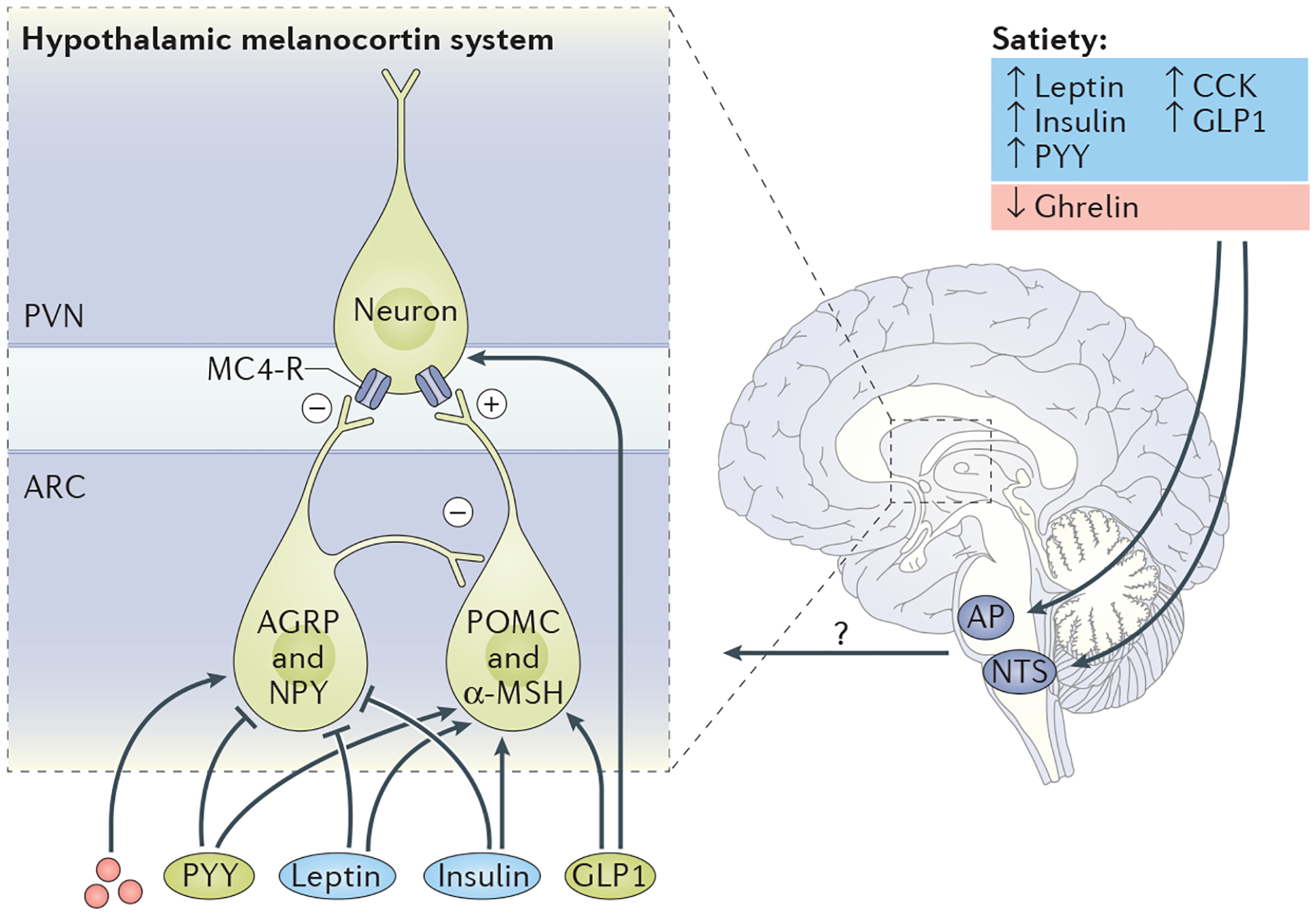Figure 1 |. Peripheral-to-CNS signals of energy status.

Gut-secreted peptides, such as glucagon-like peptide 1 (GLP1), cholecystokinin (CCK) and peptide YY (PYY), are secreted from the gastrointestinal tract in response to nutrient ingestion. Conversely, ghrelin levels are highest during fasting and are suppressed during a meal. Leptin and insulin, secreted from adipose and pancreatic cells, respectively, circulate in proportion to adiposity and therefore represent signals of long-term energy storage. The ‘hypothalamic-centric’ view has held that long-term energy homeostasis is regulated by the hypothalamic melanocortin system (agouti-related protein (AGRP)/neuropeptide Y (NPY) neurons and pro-opiomelanocortin (POMC) neurons). Indeed, leptin and insulin regulate the activity of these neuronal populations, and at least some gut peptides may also regulate the hypothalamic melanocortin system. However, there is an increasingly appreciated role of the ascending circuits from the hindbrain to the hypothalamus that are critical in regulating both short-term and long-term energy homeostasis. ?, unidentified peptides or circuits that regulate energy homeostasis; α-MSH, α-melanocyte-stimulating hormone; AP, area postrema; ARC, arcuate nucleus; MC4-R, melanocortin receptor 4; NTS, nucleus of the solitary tract; PVN, paraventricular nucleus.
